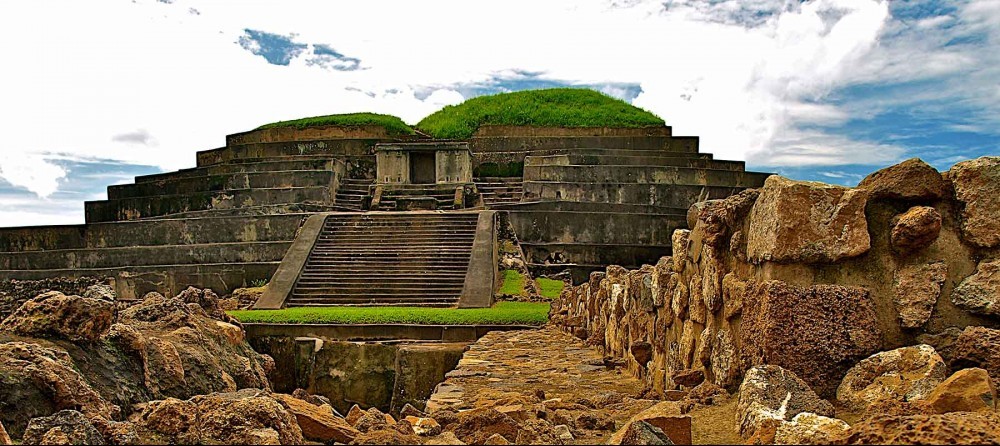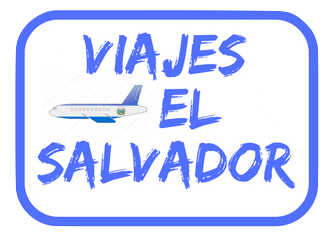
This trail stretching over 20 miles, “La Ruta de Las Flores” winds its way through charming villages, coffee plantations, and a picturesque countryside bursting with seasonal blooms.
This pre-Columbian archeological site is considered the best-preserved Mayan complex in El Salvador. The site boasts a 75-foot-tall pyramid, tombs, smaller pyramids, an indigo workshop, and a ball court.
Outdoor enthusiasts will find an abundance of activities such as scenic horseback rides, mountain bike adventures, exciting zip line and rope courses, and scenic hikes into the lush and wooded highlands.
Often referred to as the “Pompeii of the Americas,” this acclaimed UNESCO World Heritage Site contains the remains of a pre-Hispanic farming village that was covered by a volcanic eruption in the 7th century A.D.
El Salvador’s capital city near the base of the Quetzaltepeque volcano is a lively mix of colonial, 19th century, and modern buildings. Its historic El Centro is renowned for its museums, plazas, and churches.
This breathtaking 1,235-acre protected natural area is home to Izalco, Santa Ana, and Cerro Verde volcanoes, and Coatepeque volcanic lake, formed by the collapse of two volcanic cones inside a crater.
The largest natural park in El Salvador, El Imposible got its name from the perilous gorge that had to be passed by Guatemalan farmers and their pack mules who were transporting coffee through the steep “Impossible Pass” to the Pacific port.
